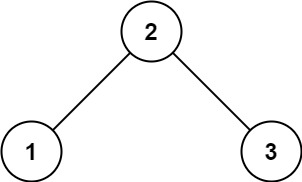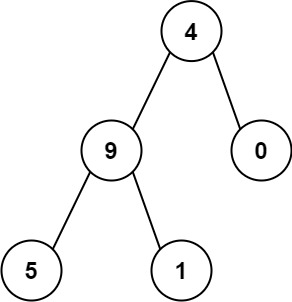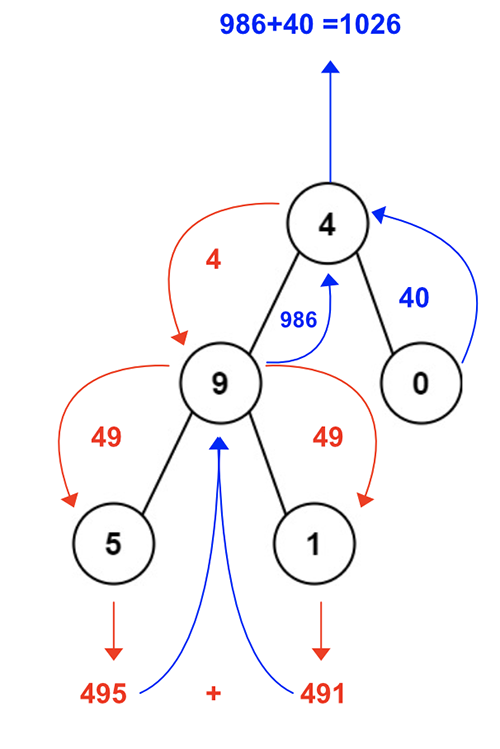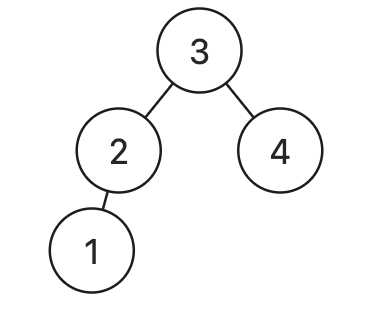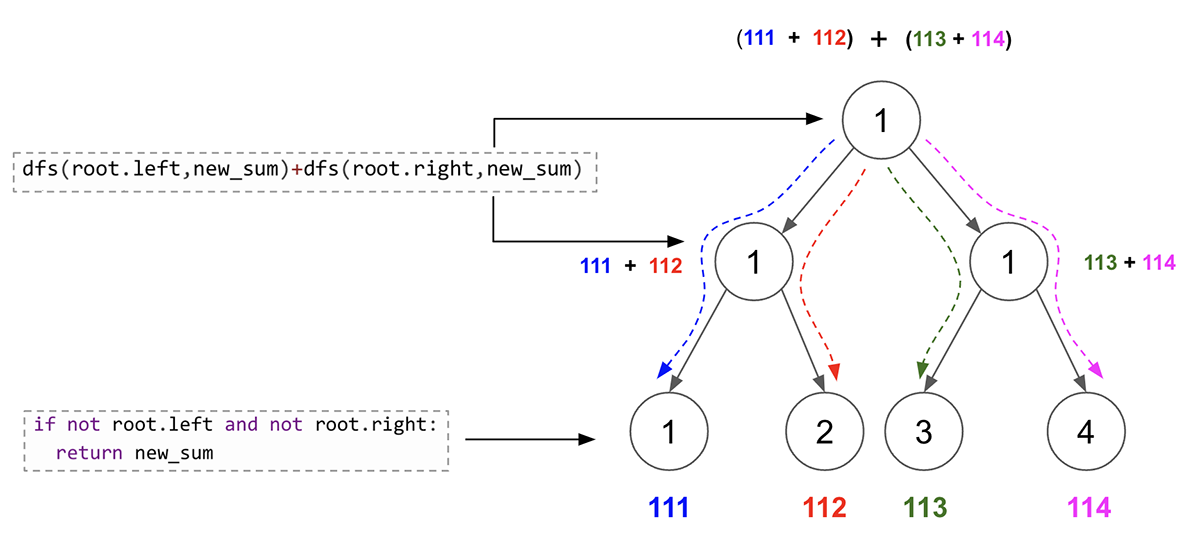Tree - Sum Root to Leaf Numbers
All diagrams presented herein are original creations, meticulously designed to enhance comprehension and recall. Crafting these aids required considerable effort, and I kindly request attribution if this content is reused elsewhere.
Difficulty : Easy
PreOrder DFS
Problem
You are given the root of a binary tree containing digits from 0 to 9 only. Each root-to-leaf path in the tree represents a number.
- For example, the root-to-leaf path
1 -> 2 -> 3represents the number123.
Return the total sum of all root-to-leaf numbers. Test cases are generated so that the answer will fit in a 32-bit integer. A leaf node is a node with no children.
Example 1:
1
2
3
4
5
6
Input: root = [1,2,3]
Output: 25
Explanation:
The root-to-leaf path 1->2 represents the number 12.
The root-to-leaf path 1->3 represents the number 13.
Therefore, sum = 12 + 13 = 25.
Example 2:
1
2
3
4
5
6
7
Input: root = [4,9,0,5,1]
Output: 1026
Explanation:
The root-to-leaf path 4->9->5 represents the number 495.
The root-to-leaf path 4->9->1 represents the number 491.
The root-to-leaf path 4->0 represents the number 40.
Therefore, sum = 495 + 491 + 40 = 1026.
Solution
Let’s start with the visualization of the solution.
-
Base Condition: Return
0forNonenodes.-
The base condition is not needed if all the nodes in the tree has a
leftandrightnodes as in case of that the 2nd base (explained below) will be returned andNonenode will never occur. Here is an example. -
However if in case there are nodes with only one child (
leftorright), we need to validateif root is Noneandreturn 0as base case. Here is an example.
-
Everytime we find a new root node (either by traversing
leftorrightchild), we need to multiply the previous number by10and then add currentroot.val. [e.g4 -> 40+9,49-> 490+5]2nd Base Case : Once we reach a node with no leaf nodes (
leftorright), we shall return thenumvalue. This is the 2nd base case [Terminating condition].At each
nodelevel we sum the restured value by traversingleft&rightchild values. [e.g495 + 491 = 986,986 + 40 = 1026]
The typical flow of the dfs() function looks like this.
flowchart TD
Z["dfs()"]
Z-->A
A["Base Condition"]
Z-->B["Sum to New Number"]-->D["Return sum if leaf node"]
C["Traverse Left and Right Nodes"]
B-->C
A-->K[Return 0]
C-->M["Return Sum"]
Base Condition
The base condition if there are nodes with only one child (left or right). Then that child needs to return just 0 as num.
1
2
if not root:
return 0
Sum to New Number
Calculare new number.
1
2
3
4
def dfs(root, sum_from_root):
if not root:
return 0
new_sum = sum_from_root * 10 + root.val
Return sum if leaf node
Once we reach a node with no leaf nodes (left or right), we shall return the num value. This is the 2nd terminating condition.
1
2
if not root.left and not root.right:
return new_sum
 Traverse (Add)
Traverse (Add)
Now traverse through left and right children. The only logic here to sum the returns. The sum is bit complicated to understand and thats the only reason the problem is medium in LeetCode.
Except at the leaf level, at all other levels, the two sum of two nodes will be added. (Please refer the diagram below). So conversely every node except the leaf nodes, combines sum from two leaf nodes.
So, to achieve 111+112+113+114 = 450, we calculate (111+112)=223, (113+114)=227, then combine 223 + 227 = 450.
1
return dfs(root.left,new_sum)+dfs(root.right,new_sum)
Finally we can call the dfs() function for the first time by passing the root node 0 as initial value of num.
1
return dfs(root,0)
Final Code
Here is the full code.
1
2
3
4
5
6
7
8
9
10
11
12
13
14
15
16
17
# class TreeNode:
# def __init__(self, val=0, left=None, right=None):
# self.val = val
# self.left = left
# self.right = right
def sum_numbers(root:TreeNode):
def dfs(root, sum_from_root):
if not root:
return 0
new_sum=sum_from_root*10+root.val
if not root.left and not root.right:
return new_sum
return dfs(root.left,new_sum)+dfs(root.right,new_sum)
return dfs(root,0)
